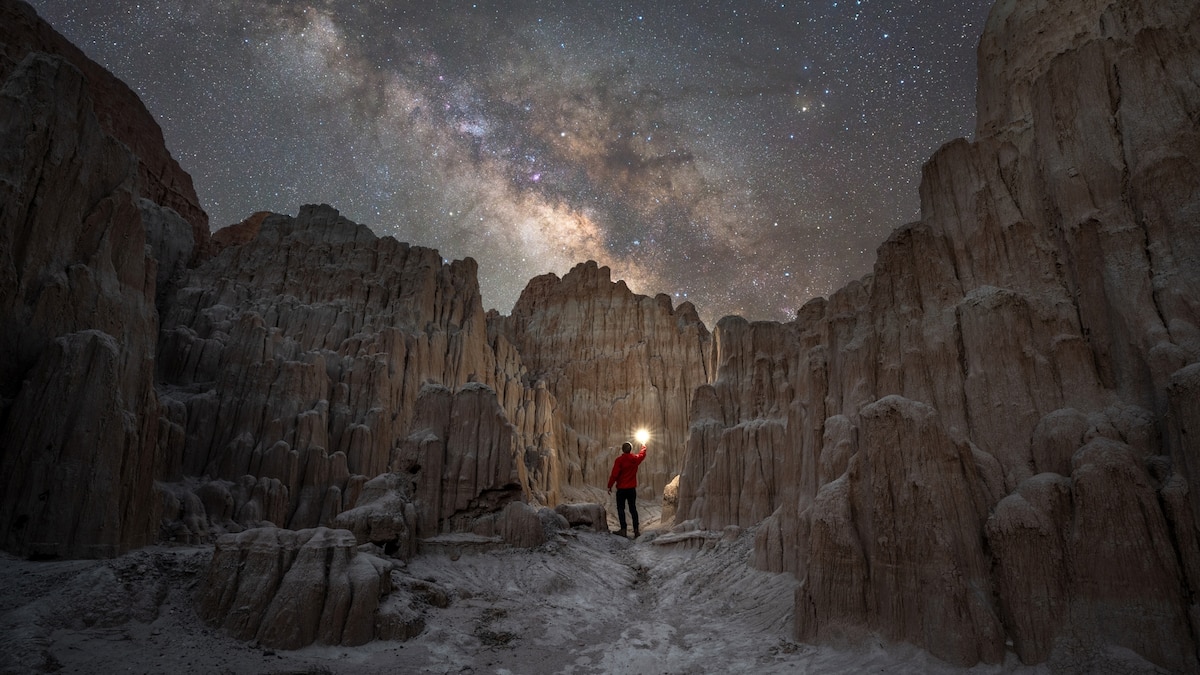Now Reading: 8 Hidden State Parks in India for Serene Escapes
-
01
8 Hidden State Parks in India for Serene Escapes
8 Hidden State Parks in India for Serene Escapes

Quick Summary
- popular national parks are experiencing record-breaking visitor numbers.
- State-managed public lands provide alternative destinations for less crowded experiences.
- Recommendations include:
– Black Rock mountain State Park, Georgia: Biodiverse Appalachian cove forests with expansive vistas rivaling Great Smoky Mountains National Park.
– Cathedral Gorge State Park,Nevada: Unique clay slot canyons offer solitude and cooler temperatures compared to Zion National Park.
– Palo Duro State Park, Texas: The second-largest canyon in the U.S. offers rock hoodoos and uncrowded camping alternatives to Grand Canyon National Park.
– Custer State Park,South Dakota: Wildlife-rich grasslands as an alternative to YellowstoneS lamar Valley with historic lodges for stay options.
– Franconia Notch State Park, New Hampshire: Granite-carved peaks and maple forest hikes matching Yosemite’s mountain drama without crowds.
– Camden Hills State Park, Maine: Coastal views similar to acadia without heavy foot traffic or shuttles needed for access.- Harris Beach State Park, Oregon: Stunning coastal sea stacks resembling Olympic national park’s coastline complemented by nearby redwood forests and mountains.
– Catalina state Park, Arizona: Vibrant wildflowers and dramatic cacti landscapes comparable to Joshua Tree but quieter.
Indian Opinion Analysis
The rising popularity of national parks demonstrates strong public interest in connecting with nature but raises concerns about overcrowding that may strain both ecosystems and visitor infrastructure. Highlighting lesser-known state park alternatives presents an effective solution while promoting conservation by dispersing human impact beyond oversaturated landmarks.
For India-a country rich in diverse biomes-the concept of exploring state or regional parks as alternatives has potential relevance given the increasing tourist influx into major reserves like Jim Corbett or Kaziranga National parks. Highlighting equally striking yet less trafficked destinations within India’s fold could achieve two key goals-easing human pressure on iconic wildlife habitats while encouraging lasting travel across wider portions of its natural heritage.
Encouraging decentralization through promotion of lesser-known areas also aligns with India’s broader push toward eco-tourism strategies outlined under various government initiatives like Amazing India campaigns. Sustainable adaptations from such global practices hold immense promise locally as tourism grows post-pandemic recovery phases.
























